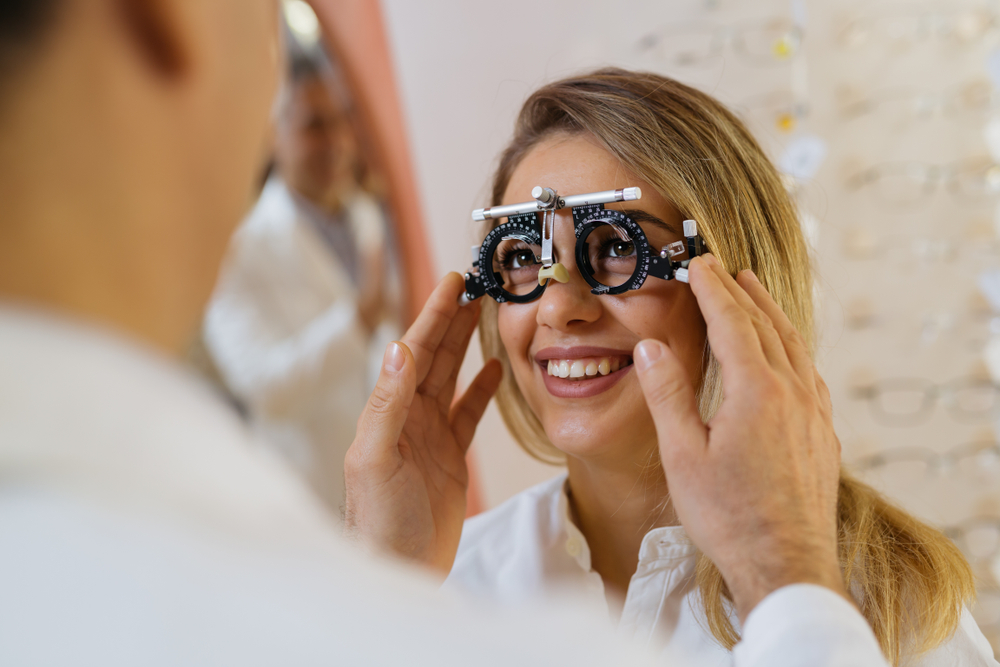
Eye exams are essential not only for your eye health but also for your general well-being. Undergoing routine comprehensive eye exams help you detect eye illnesses early, know when it’s time to update your prescription and catch some underlying health issues you may have. All these make it crucial that you don’t miss your routine eye exam.
You may experience nervousness if it is your first eye exam. You’re wondering what to expect and what the eye exam consists of. Typically, routine eye exams can take 30 to 45 minutes, depending on your eye health, vision quality, and need for corrective lenses. Most of them consist of the following tests:
Visual Acuity
The visual acuity test determines how clear each of your eyes can see. It involves reading an eye chart at various distances with the eye not being tested covered. It determines if you have 20/20 vision, the standard distance visual acuity.
Prescription for Corrective Lenses
Your doctor will determine the lens power needed for any refractive error found in your eyes through a retinopathy and refraction test. This is performed using an instrument known as a phoropter. During this test, a series of lenses will be placed before your eyes. The eye doctor then uses a retinoscope to determine which lenses provide the clearest vision.
Pupils
The eye exam may include a test to determine your pupils’ response to light. It’s assessed using three different tests – the swinging flashlight test, the light response test, and the near response test. The idea is to light a bright light into the eyes and see the pupils’ response. They usually get smaller, but if they don’t respond or widen, there could be an underlying problem.
Side Vision
This part of the exam is to determine your peripheral vision. Through the peripheral visual field test, your eye doctor finds eye problems you may have but aren’t aware of that are causing you to lose your side vision. Remember that the loss of side vision is a symptom of glaucoma.
Eye Movement
The eye doctor conducts the ocular motility test to evaluate your eye movement. It’s a binocular exam, but the patient isn’t wearing their glasses. You will be instructed to follow the doctor or the examiner’s finger in six gaze positions. This is to determine if your eyes are aligned and that you have perfectly working eye muscles.
Eye Pressure
Tonometry, or eye pressure testing, determines the intraocular eye pressure (IOP) or pressure within your eye. It’s an important test because a raised IOP is a sign of glaucoma. It’s conducted by blowing a puff of air into the cornea’s surface or applying a pressure-sensitive tip against or near the eye to create pressure change.
Front of the Eye
Another part of the test involves looking into the front part of your eye. The eye doctor lights up the front of the eye using a slit-lamp microscope. This shines a light on the cornea, lens, iris, and eyelids, allowing your doctor to check any scratches, scars, or cataracts on your cornea.
Retina and Optic Nerve
Using dilating eye drops, your eye doctor dilates or widens your pupil. In doing so, they can observe your retina and optic nerve. The eye doctor will be checking for signs of damage from any disease. It’s an important test to check for signs of glaucoma.
Eye doctors conduct more tests to determine your eye health. Get your eyes checked at Clarity Vision in our office in Holly Springs, North Carolina. Please call (919) 646-2900 to schedule your eye exam today.
















